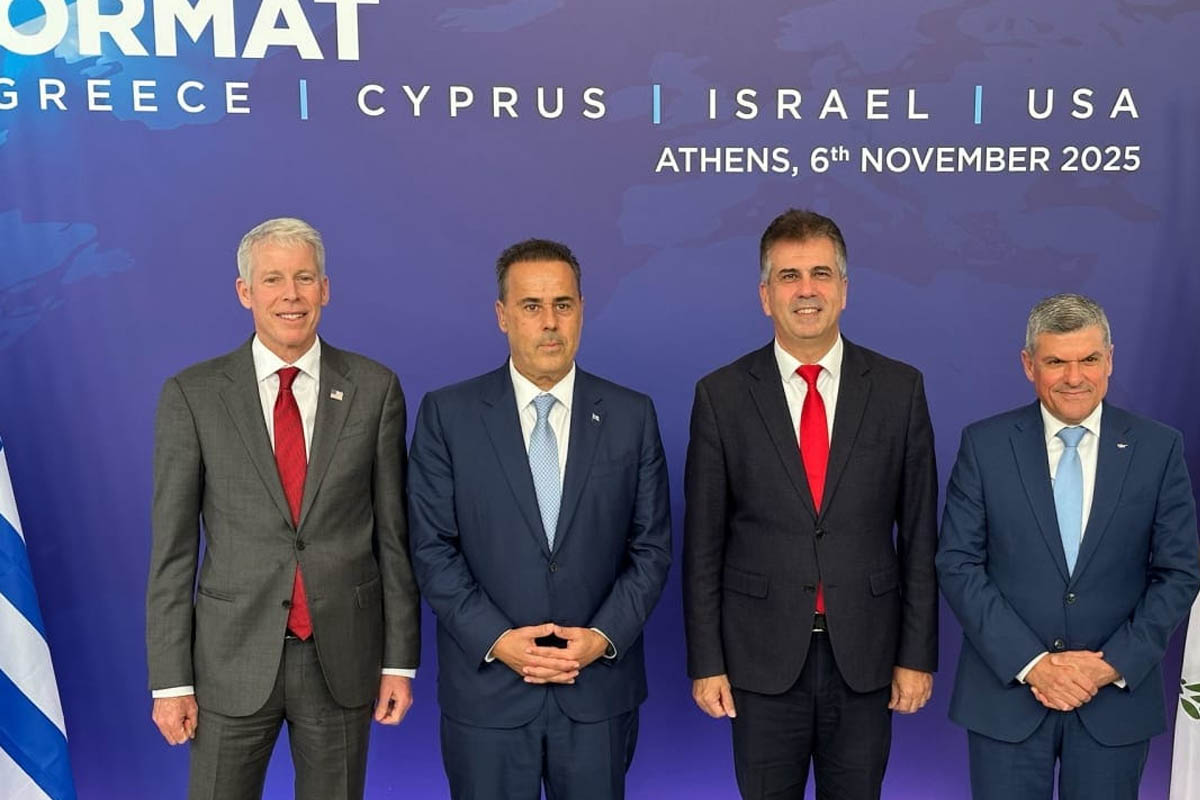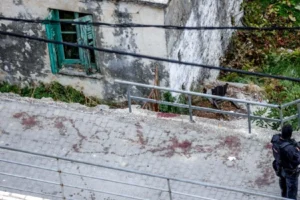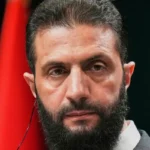A major announcement made in Athens on 6 November 2025 signalled the revival of one of the most ambitious energy infrastructure projects in the Eastern Mediterranean: a subsea gas corridor linking Israel and Cyprus to Europe via Greece, reinforced by U.S. participation. According to Israeli Energy Minister Eli Cohen, this project—a variant of the so-called EastMed pipeline—is “back on the table”.
Ministers from Greece, Cyprus, Israel and the United States met on the sidelines of the P-TEC 2025 conference in Athens, where they released a joint statement reaffirming their “shared commitment to promoting energy security and cooperation in the Eastern Mediterranean … including through the Eastern Mediterranean Energy Center … as key to regional strategic stability and resilience.” They declared their support for infrastructure interconnectivity, including within the framework of the India‑Middle East‑Europe Corridor (IMEC).
Why this matters
- The revival of the corridor offers Europe a credible alternative to existing gas supply chains, reducing dependency on Russian and Turkish-controlled systems.
- The inclusion of the U.S. in the energy ministers’ summit sends a strong geo-political message: the United States intends to become more directly involved in shaping Eastern Mediterranean energy flows.
- For Greece and Cyprus, this project reinforces their role as strategic energy hubs and elevates their geopolitical importance in Southeastern Europe.
Turkey’s history of blocking the route
For years Turkey opposed efforts to bypass its territory, obstructing the EastMed pipeline’s development through diplomatic, legal and military means:
- Ankara refused to recognise maritime zones declared by Greece and Cyprus, claiming that any subsea pipeline would require Turkish consent—effectively giving Turkey veto power over the project. Studies describe Turkey as a “veto player” in Eastern Mediterranean gas infrastructure planning.
- In November 2019, Turkey signed a controversial maritime delimitation agreement with Libya’s Government of National Accord, which drew a line between Libya and Turkey’s EEZ and aimed directly at thwarting the EastMed developmental path.
- Turkey dispatched drilling vessels into contested waters between Cyprus and Crete and used naval escorts to assert control over zones disputed by Greece and Cyprus—actions internationally criticised as illegal under the UN Law of the Sea.
- Some analysts describe Turkey’s behaviour as part of its “neo-Ottoman” ambition in the East Med—refusing to allow rival export corridors that exclude Ankara.
A strategic reset
With Greece, Cyprus, Israel and the U.S. refirming the project now, the question becomes: will Turkey’s blocking tactics be overcome? If the new engine of U.S. involvement and the IMEC linkage hold, the revived corridor might neutralise Turkey’s long-standing energy transit leverage.
The window is now open for Greece and its partners to push the project forward swiftly—whether Turkey chooses to join as a participant or remains on the sidelines.
For Greece, this is more than an energy story—it is a chance to transition from constrained geography to strategic energy gateway. The revival also signals a re-alignment of alliances: the East Med is becoming a theatre where geopolitical architecture is rewiring.
In a region where geography meets energy and politics intersects with pipelines, the resurrection of the EastMed corridor may mark the beginning of a new era in European and Mediterranean energy security—one that bypasses the constraints imposed by Turkey’s past obstruction.












